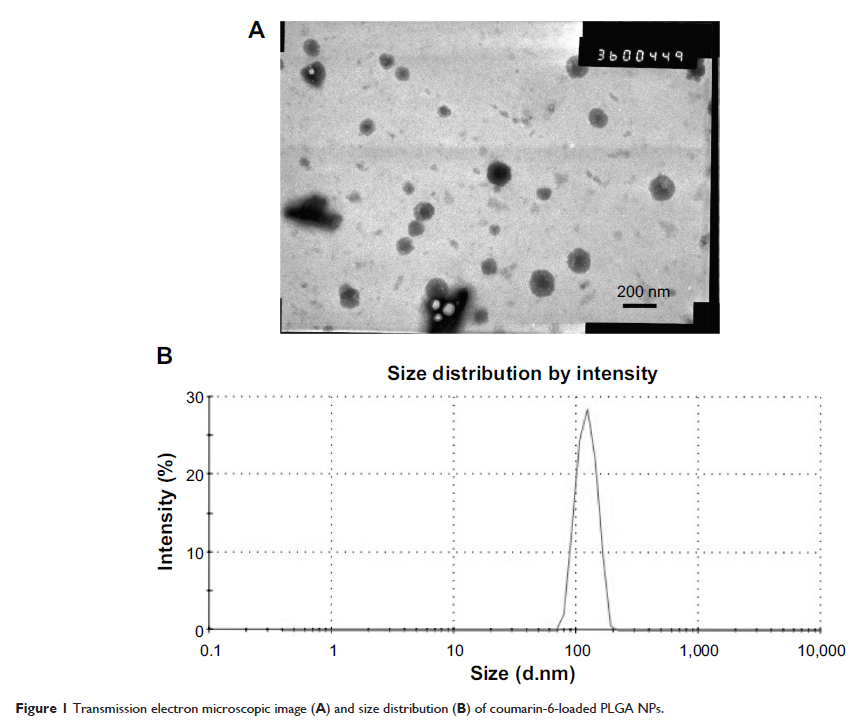108384
论文已发表
注册即可获取德孚的最新动态
IF 收录期刊
- 3.4 Breast Cancer (Dove Med Press)
- 3.2 Clin Epidemiol
- 2.6 Cancer Manag Res
- 2.9 Infect Drug Resist
- 3.7 Clin Interv Aging
- 5.1 Drug Des Dev Ther
- 3.1 Int J Chronic Obstr
- 6.6 Int J Nanomed
- 2.6 Int J Women's Health
- 2.9 Neuropsych Dis Treat
- 2.8 OncoTargets Ther
- 2.0 Patient Prefer Adher
- 2.2 Ther Clin Risk Manag
- 2.5 J Pain Res
- 3.0 Diabet Metab Synd Ob
- 3.2 Psychol Res Behav Ma
- 3.4 Nat Sci Sleep
- 1.8 Pharmgenomics Pers Med
- 2.0 Risk Manag Healthc Policy
- 4.1 J Inflamm Res
- 2.0 Int J Gen Med
- 3.4 J Hepatocell Carcinoma
- 3.0 J Asthma Allergy
- 2.2 Clin Cosmet Investig Dermatol
- 2.4 J Multidiscip Healthc

通过对圆窗应用 PLGA 纳米粒提高对单一或复合药物内耳递送的局部生物药效率
Authors Cai H, Wen X, Wen L, Tirelli N, Zhang X, Zhang Y, Su H, Yang F, Chen G
Published Date December 2014 Volume 2014:9(1) Pages 5591—5601
DOI http://dx.doi.org/10.2147/IJN.S72555
Received 11 August 2014, Accepted 11 October 2014, Published 1 December 2014
Abstract: In this
paper, the potential of poly(D,L-lactide-co -glycolide
acid) (PLGA) nanoparticles (NPs) for carrying single or compound drugs
traversing the round window membrane (RWM) was examined after the round window
(RW) administration of different NPs to guinea pigs. First, coumarin-6 was
incorporated into PLGA NPs as a fluorescent probe to investigate its ability to
cross the RWM. Then, PLGA NPs with salvianolic acid B (Sal B), tanshinone IIA
(TS IIA), and total panax notoginsenoside (PNS) including notoginsenoside R1 (R1), ginsenoside Rg1 (Rg1), and ginsenoside
Rb1 (Rb1) were developed to evaluate whether NPs loaded
with compound drugs would pass through the RWM and improve the local
bioavailability of these agents. PLGA NPs loaded with single or compound drugs
were prepared by the emulsification solvent evaporation method, and their
particle size distribution, particle morphology, and encapsulation efficiency
were characterized. In vitro release study showed sustained-release profiles of
Sal B, TS IIA, and PNS from the NPs. The pharmacokinetic results showed that
NPs applied to the RWM significantly improved drug distribution within the
inner ear. The AUC0–t of
coumarin-6 in the perilymph (PL) following RW administration of NPs was
4.7-fold higher than that of coumarin-6 solution, and the Cmax was
10.9-fold higher. Furthermore, the AUC0–t of R1,
Rg1, and Rb1 were 4.0-, 3.1-, and 7.1-fold greater,
respectively, after the application of NPs compared to the compound solution,
and the Cmax were, respectively, 14.4-, 10.0-, and 16.7-fold higher.
These findings suggest that PLGA NPs with unique properties at the nanoscale
dimensions have a powerful ability to transport single or compound drugs into
the PL through the RWM and remarkably enhance the local bioavailability of the
encapsulated drugs in the inner ear. The use of PLGA NPs as nanoscale delivery
vehicles to carry drugs across the RWM may be a promising strategy for the treatment
of inner ear diseases.
Keywords: inner ear
administration, nanoparticles, perilymph, local bioavailability,
poly(D,L-lactide-co -glycolide
acid)
